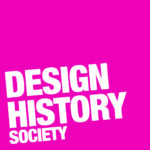Written by Dr. Sue Perks
In conjunction with the exhibition Give Me a Sign: The Language of Symbols, designer and researcher Sue Perks offers an expansive look into the Henry Dreyfuss Archive held at Cooper Hewitt. The archive contains detailed documentation on Dreyfuss’s Symbol Sourcebook: An Authoritative Guide to International Graphic Symbols, which serves as the basis for the exhibition.
On July 28, 1970, Henry Dreyfuss wrote to Mr. Joyce Hall of Hallmark Cards (one of his longstanding clients) to jubilantly announce that he had signed a publishing contract with McGraw-Hill to proceed with the production of what was then known as “The Henry Dreyfuss Sourcebook of Symbols.” Between 1968 and 1970 Dreyfuss pumped a considerable amount of his own finances into the project while pursuing various unsuccessful grant applications to produce the book, so it was a real triumph when the contract was signed. Signing the contract with McGraw-Hill allowed Dreyfuss realize his longstanding dream to create a symbol book that had its basis in his symbol “Data Bank.” In the letter to Hall, Dreyfuss wrote the evocative words (which he repeated many times over in correspondence) “Symbols are all over our walls, all over our floors, and literally coming out of our ears, and by mid 1972 I hope we will see a book on the market . . . Thank you for believing in a dream which will now become a reality. . . .”
The search for more symbols was halted in January 1971 because tight print deadlines for the book required editorial decisions to be made. In anticipation of publication, teaser books (Fig. 1) were produced along with 35mm slide presentations and several dummy books that chart some of the design progress of what became the Symbol Sourcebook. Publicity material was designed to encourage pre-press sales and billed the forthcoming book as “breaking the language barrier.” The Symbol Sourcebook was published by McGraw-Hill in January 1972.
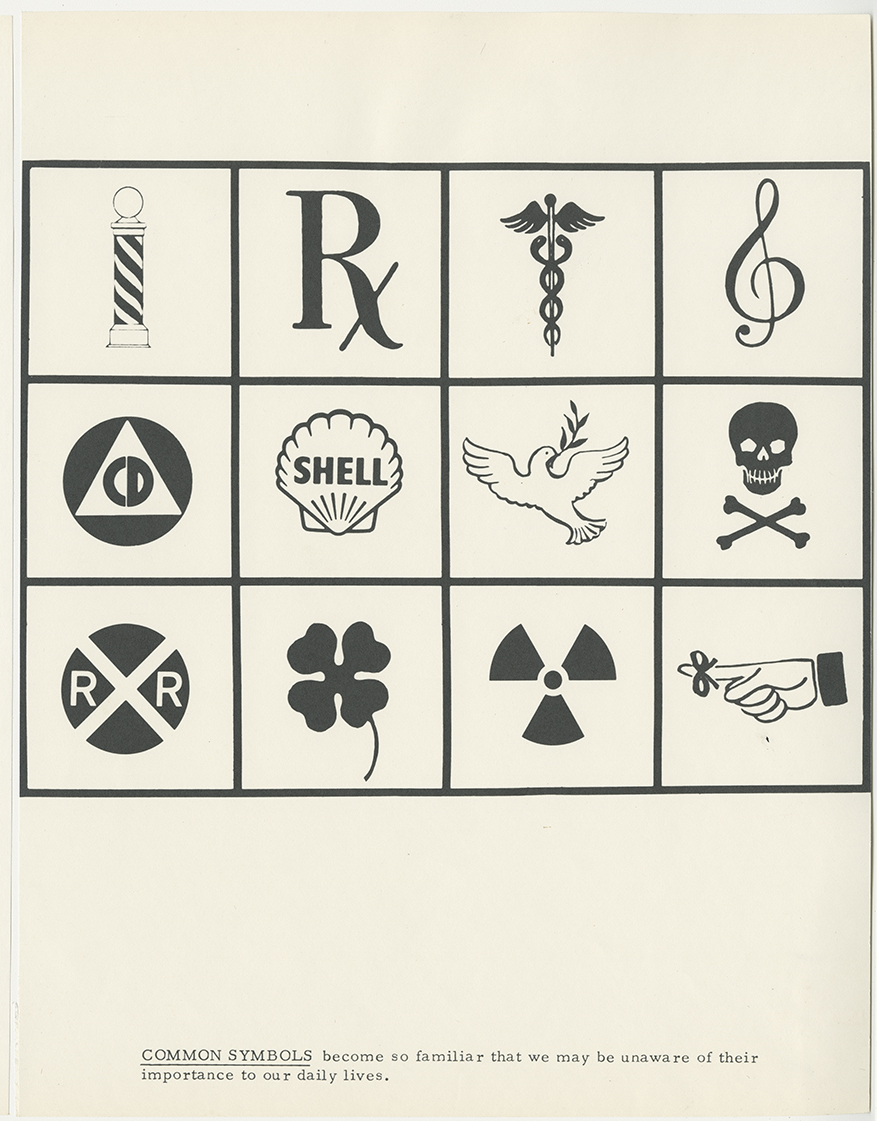
Fig. 1: “Common Symbols” in Teaser Book, 1971; Henry Dreyfuss Archive
To promote the Symbol Sourcebook, the exhibition Symbols was held at the Hallmark Gallery on Fifth Avenue in New York City from January to March 1972 (previewed January 11). But before that, in 1971, there was a retrospective exhibition of Dreyfuss’s work at the Halls Store in Kansas City, Missouri, which to some extent sets the scene (and ambition) for the later Symbols exhibition.
The retrospective exhibition was staged from early June to July 1971. Dreyfuss was suitably impressed as can be seen in this correspondence from Dreyfuss to Charles Whitney of The Whitney Library of Design (publishers of Dreyfuss’s book The Measure of Man) on June 7, 1971: “As you know I have worked with Hallmark for some years now as a general advisor. Although I had little to do with it but go to the opening, they were insistent on gathering together material for a retrospective show on the work I have done in the last 40 odd years. When I walked into the opening the other night, it was hard to believe for they had resurrected drawings as far back as 1929 when I was working as a scenic costume designer in the theatre. They had some of the earliest designs we had done—a Big Ben alarm clock, thermos bottle, on up to the 20th century Ltd., steamships, airplanes. All kinds of things were actually operating, such as a stock ticker we did for Teletype, a Crane lavatory had running water, the Polaroid cameras were taking pictures, and even the telephone booth had a telephone that could be operated with the aid of a dime.”
Symbols opened at the Hallmark Fifth Avenue Gallery on January 11, 1972. It was designed by Walter V. Swartz, director of the Hallmark Gallery, who was assisted by John Kern, the exhibition manager. Communication Arts magazine in 1972 (Vol. 14, No.1) had this to say: “The handsome, spacious Hallmark Gallery on New York’s Fifth Avenue was alive with symbols. A monumental volume of directional, warning and informational devices was both collected and created for display. This abundance of material, shown in a wide variety and pacing of display techniques, produced a truly exciting exhibition” (Figs. 2–6).
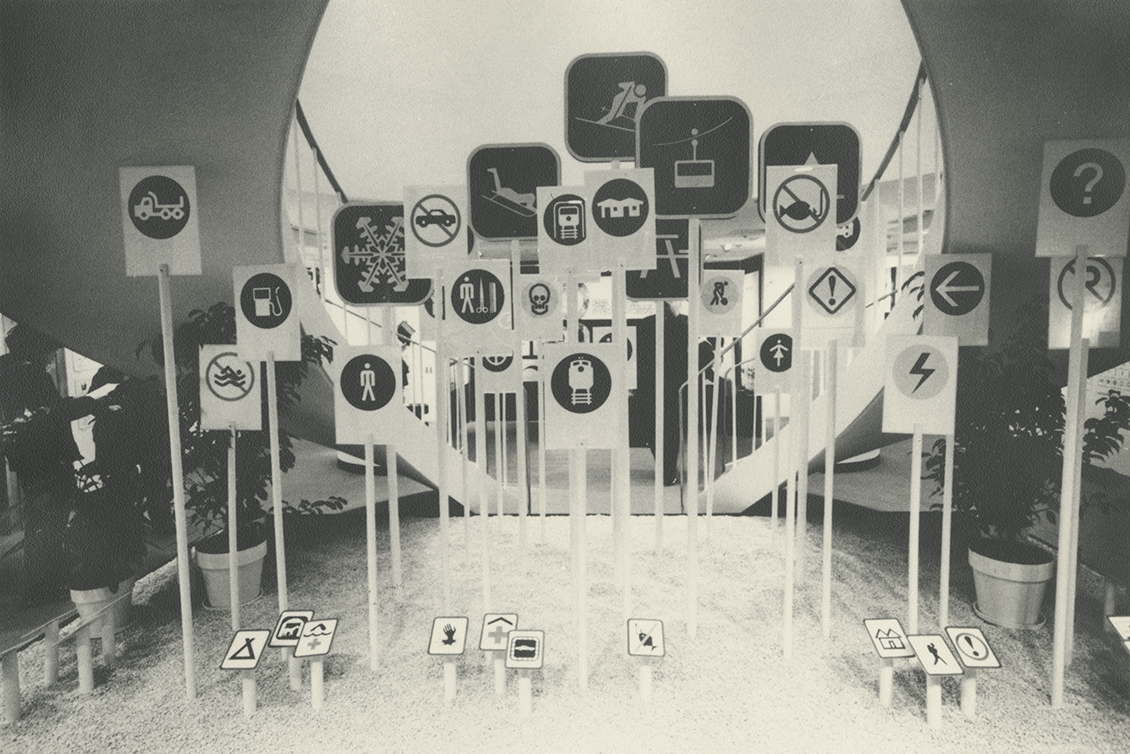
Fig. 2: Installation View, Symbols exhibition, Hallmark Gallery, New York City, 1972; Henry Dreyfuss Archive
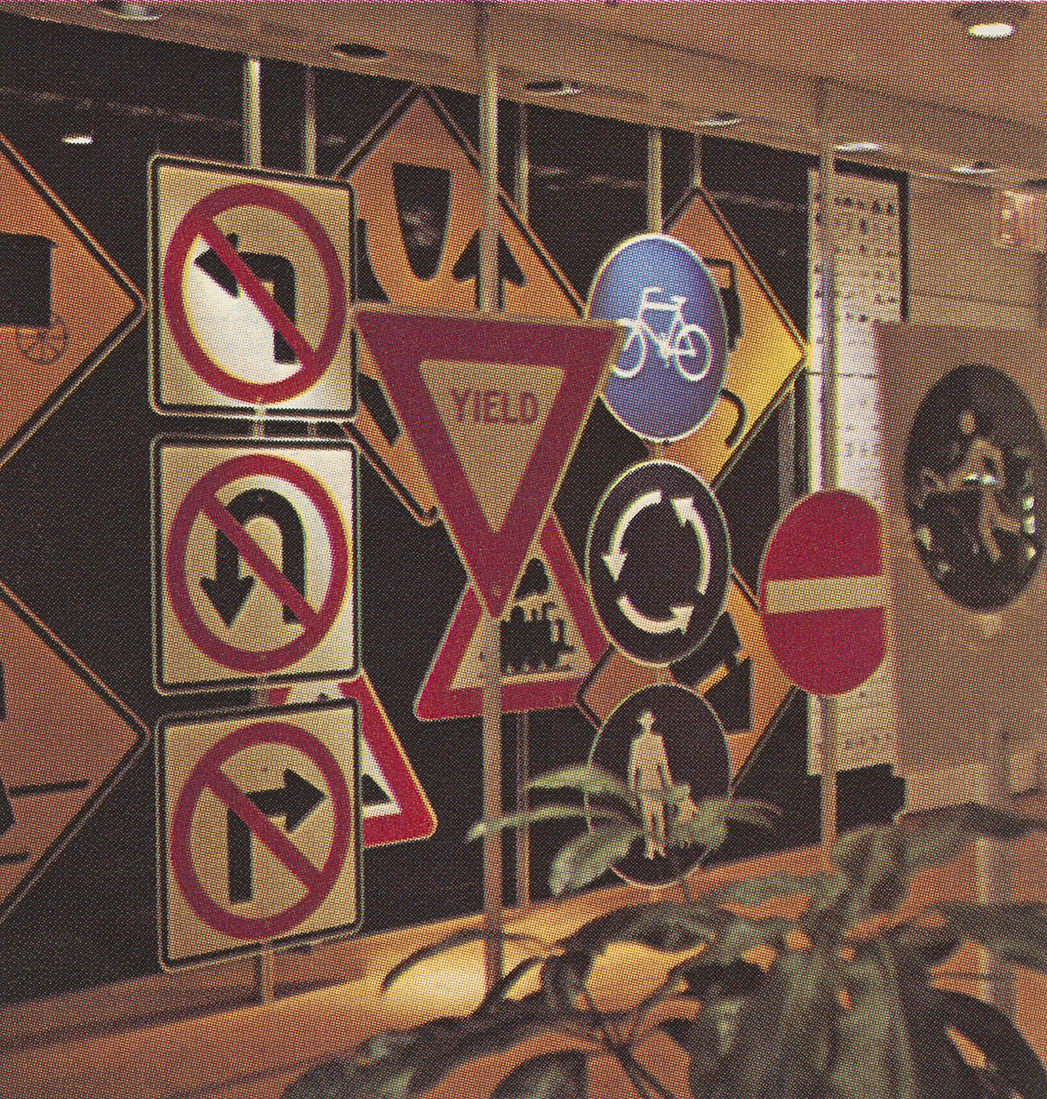
Fig. 3: Installation View, Symbols exhibition, Hallmark Gallery, New York City, 1972; Henry Dreyfuss Archive
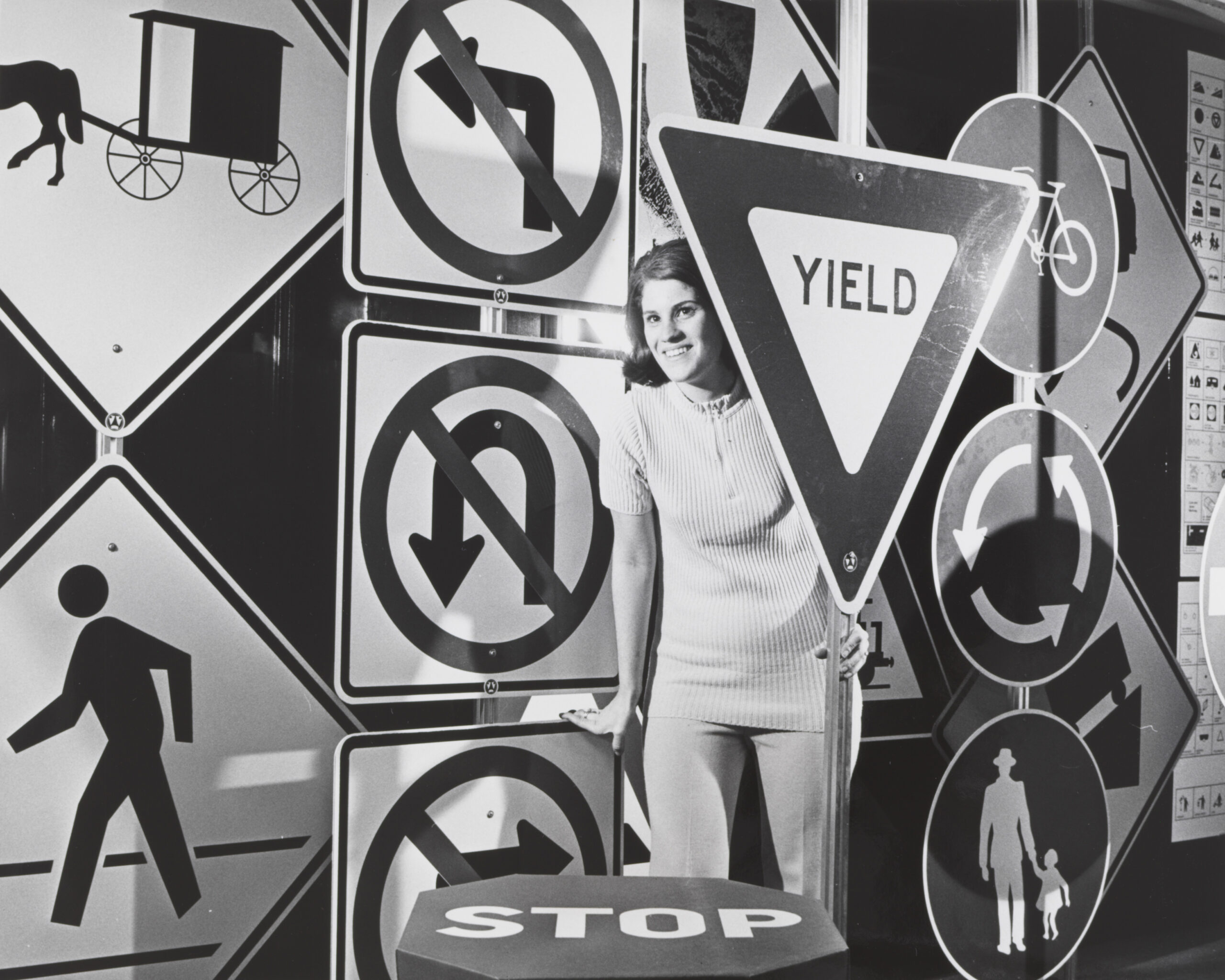
Fig. 4: Installation View, Symbols exhibition, Hallmark Gallery, New York City, 1972; Henry Dreyfuss Archive
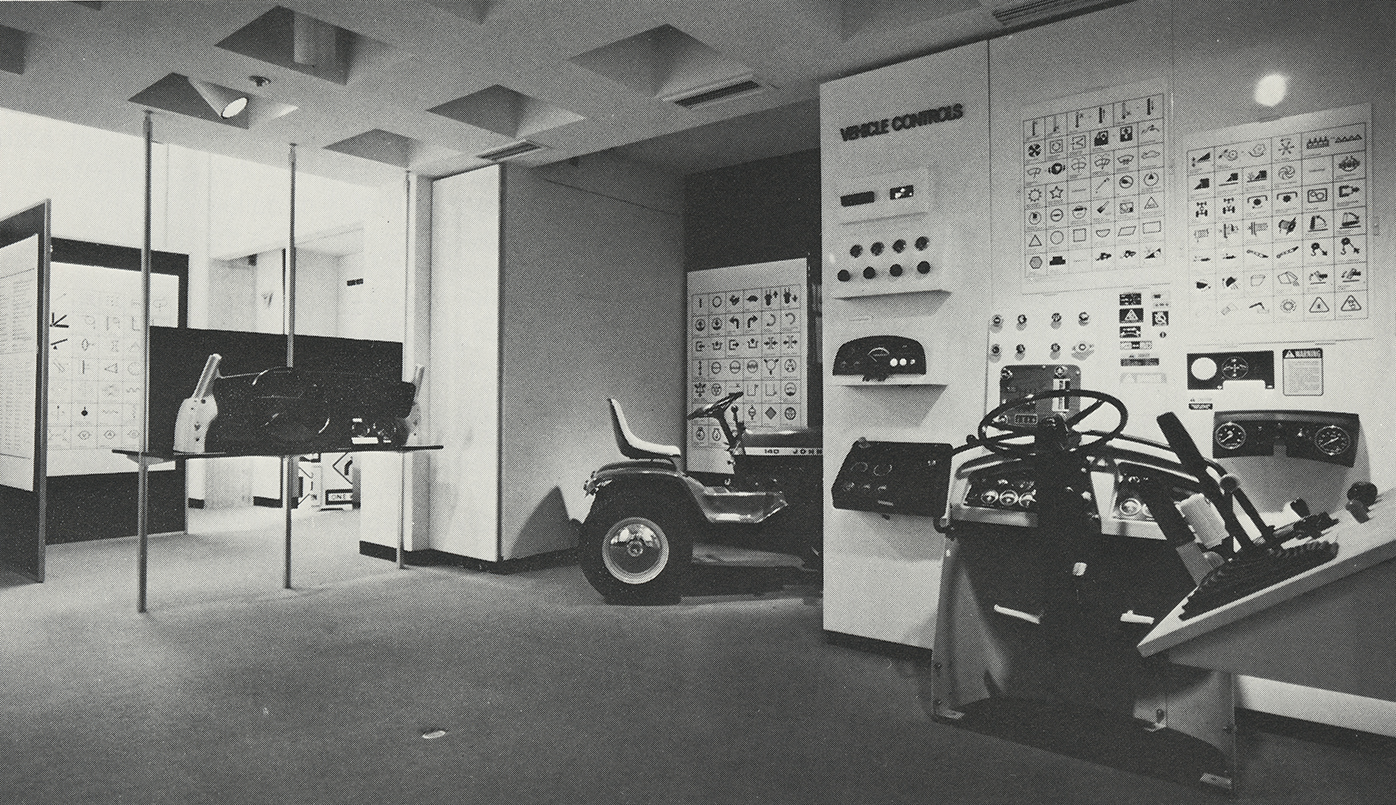
Fig. 5: Installation View, Symbols exhibition, Hallmark Gallery, New York City, 1972; Henry Dreyfuss Archive
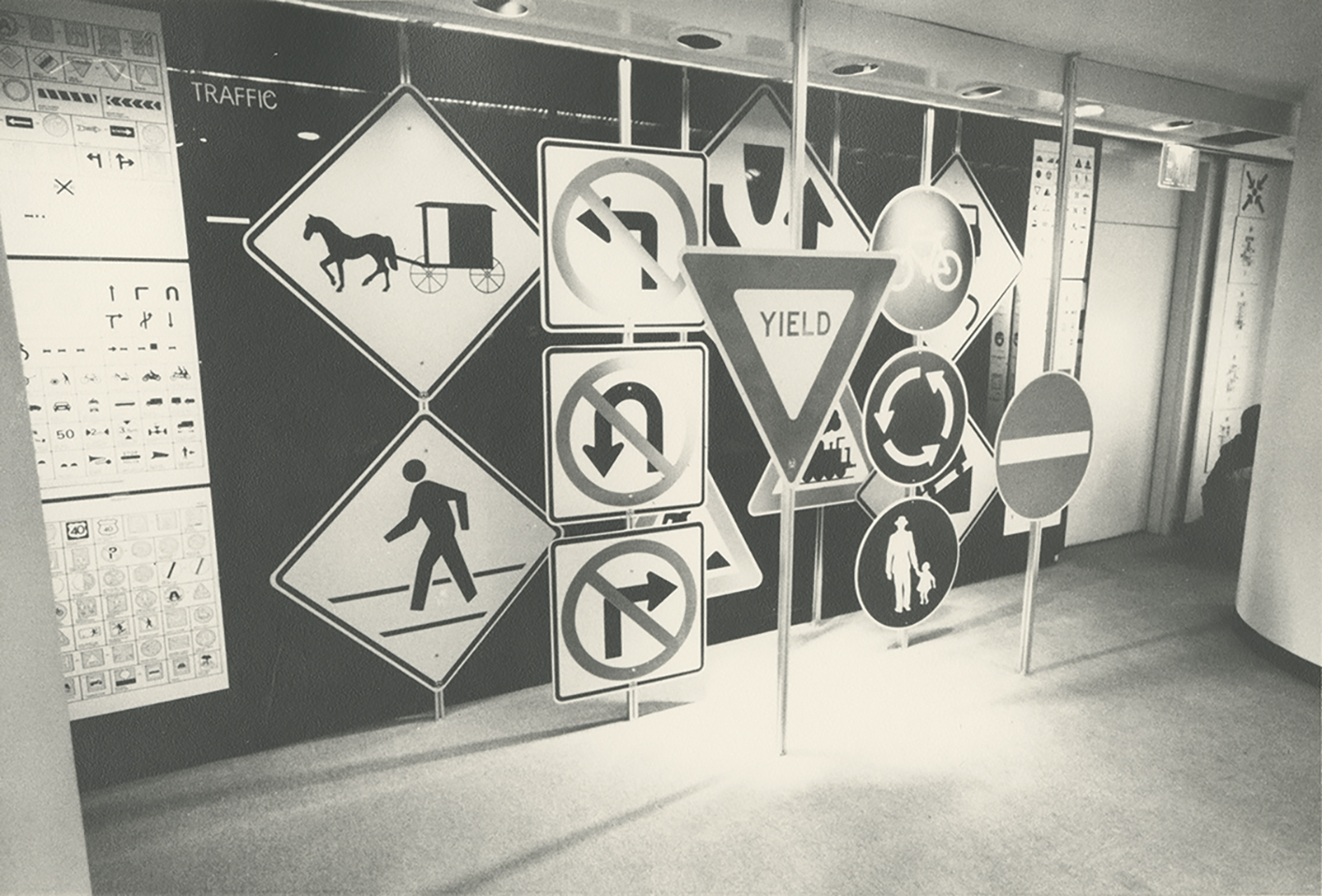
Fig. 6: Installation View, Symbols exhibition, Hallmark Gallery, New York City, 1972; Henry Dreyfuss Archive
When the exhibition had only been open for a few days, Swartz reported, “The Gallery was mobbed yesterday. It amazes me to see elderly ladies with shopping bags pouring over each and every panel, exclaiming to each other with every discovery”—a very gratifying experience for both Swartz and Dreyfuss (Fig. 7).
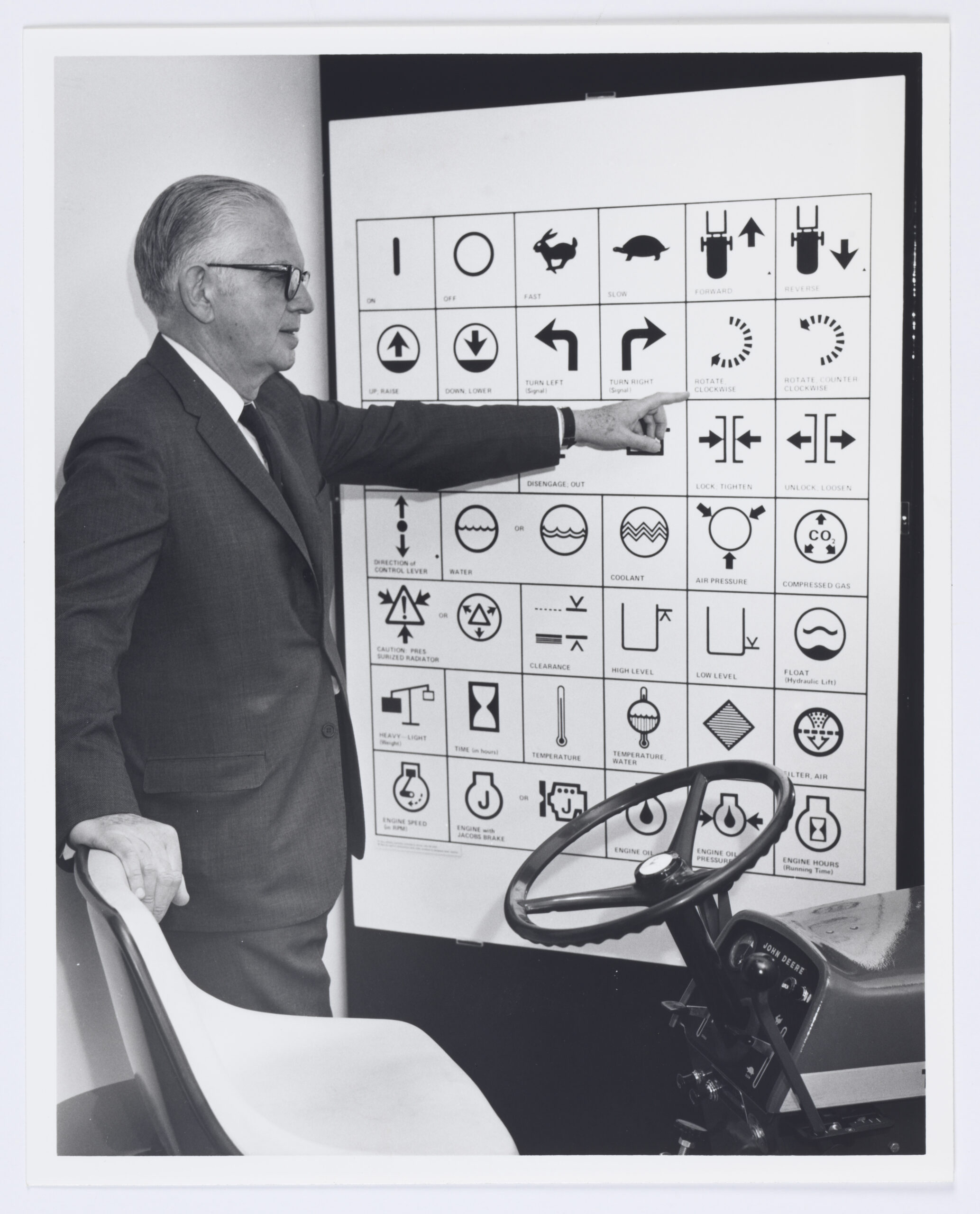
Fig. 7: Henry Dreyfuss showing John Deere material in Symbols, Hallmark Gallery, New York City, 1972; Henry Dreyfuss Archive
David Smith wrote a glowing book review sent in a memo to Dreyfuss for comment on April 17, 1972. It is written on a “Hutchings” letterhead, and states that Smith’s review of the Symbol Sourcebook would be run in their “E & S” in May 1972. (It has proved difficult to place either the author of this piece, David Smith, or the firm Hutchings, but the review is found in the California Institute of Technology (Caltech) archival file, where Henry Dreyfuss was on the Board of Trustees. Dreyfuss must have known the sender (the editor?) from Hutchings well as it is simply signed with a hand-written signature.) This excerpt from the review shows Smith’s deep understanding of the importance of communication through symbols and his whole-hearted support of what Dreyfuss’s work means for humanity:
“In a world on a collision course with itself, certain traditional luxuries are no longer permissible. Old-fashioned ideas of ethnic superiority, colonialism, dominion are in these times intolerable, if not impossible. But as we work toward encounter, we are faced with the fact that there are nearly six thousand languages and dialects used in the world, making—as Henry Dreyfuss points out—“inter-communication among them range from difficult to impossible.” But even were that intercommunication possible, most of us are moving too fast to manage it, to read the signs along the way. Our need is not so much for a universal language, that hope of the Esperantists and others, as it is for a basic and universal system of easily recognizable, unmistakable, and readily figured out visual symbols. It is Henry Dreyfuss’s aim to promote such a means of communication. Over the years he has been intimately involved in the creation of many of these symbols as a product designer for many of America’s leading manufacturers; and now, as author of the Symbol Sourcebook—An Authoritative Guide to International Graphic Symbols, he has taken the first step toward making systematically available what Margaret Mead calls the “clear and unambiguous signs which must be developed so that members of any culture can communicate across language barriers.” It is not a dictionary, which would indicate something like completeness of the system itself, but it is a sourcebook, a first systematic step, and as such it is an impressively creative and authoritative job.”
After the Symbols exhibition closed in March 1972, Communication Arts magazine suggested that it could have another showing at the Department of Transportation in Washington, DC, from May 1–June 6, 1972 (although there is no evidence that this happened). IBM World Trade Organization were interested in buying the installations and Hallmark was eager to sell them (to recoup some of their costs) and asked for permission from Dreyfuss and McGraw-Hill. They had no objections, but logistically the exhibition was too expensive to transport due to its size and excessive weight. It consisted of a series of enlarged symbol panels, many traffic signs, and several substantial three-dimensional installations (Fig. 4).[1] There were also plans for it to tour as a travelling exhibit: the California Museum of Science and Industry and Los Angeles Museum of Science and Industry were interested in taking it, as was the Grover Cronin department store in Waltham, Massachusetts (who did take all or part of the exhibition consisting of 3,500 symbols, instrument boards, graphics, and quiz games), as reported in a Sunday Herald Traveler and Sunday Advertiser article from September 3, 1972. But shipping costs remained prohibitively expensive. Finally, Dreyfuss had everything shipped back to his office in Pasadena. Parts of the exhibition remain in Cooper Hewitt’s Henry Dreyfuss Archive (Fig. 8) along with photographic evidence from 1972 that reveal the full extent of the excitement that this symbol-packed spectacle must have caused.
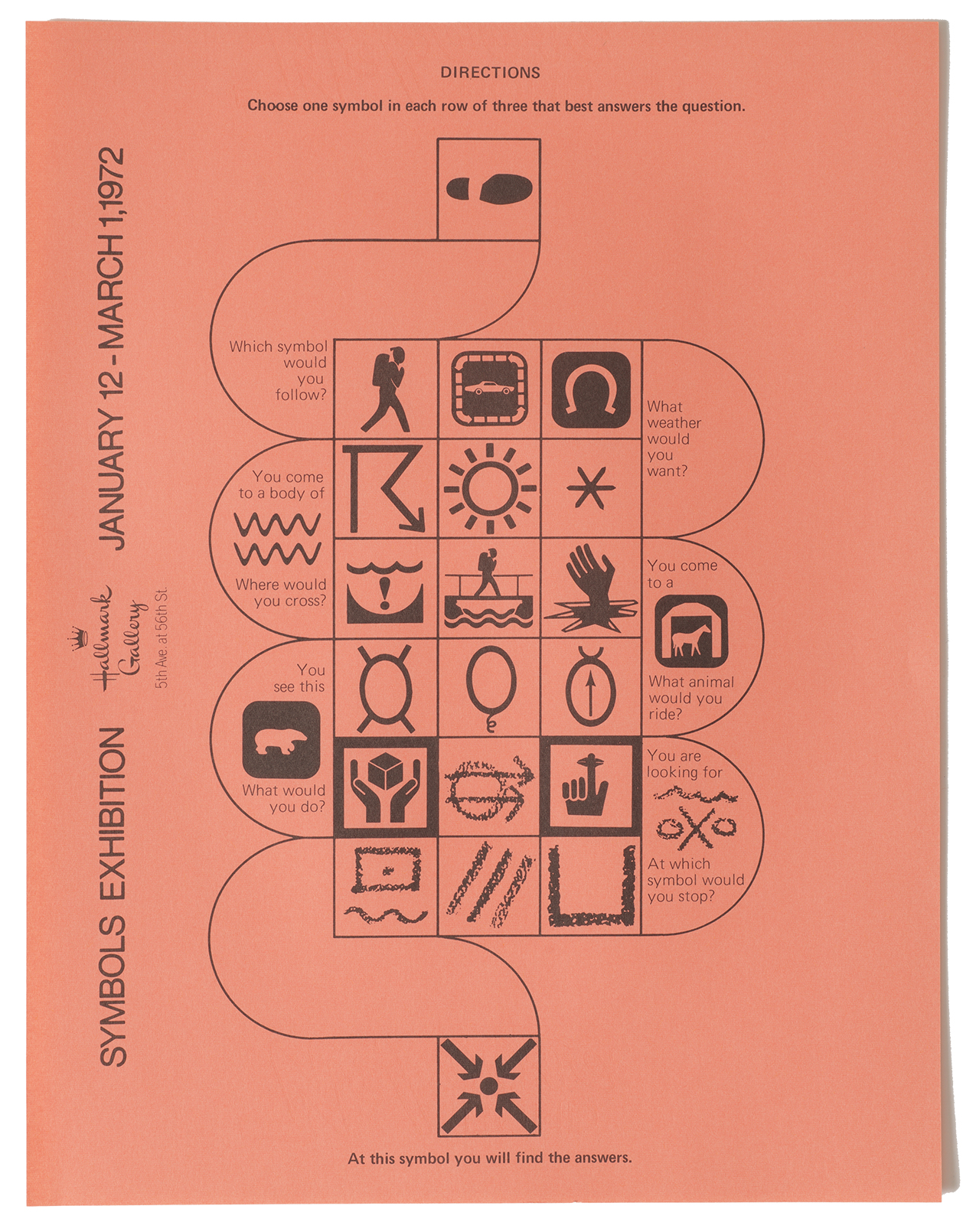
Symbol Quiz Game distributed at Symbols exhibition, Hallmark Gallery, New York City, 1972; Henry Dreyfuss Archive
Dr. Sue Perks is a designer, archival researcher, and writer on Isotype, museum design, and Henry Dreyfuss’s work with symbols. She was awarded a PhD from University of Reading in 2013. She regularly presents at international design conferences and co-founded The Symbol Group in 2022.
The exhibition Give Me a Sign: The Language of Symbols is on display at Cooper Hewitt through September 2, 2024.
Notes
[1] Stanley Marcus of Neiman Marcus, who was interested in promoting the Symbol Sourcebook and developed a line of merchandise around it, wrote to Dreyfuss on May 19, 1971, stating, “There may be some weight problems in connection with the built-in bed tray with all the accoutrements, but we’re seeing how we can lick that one.”
Acknowledgments
Some funding contributed by the Design History Society Research Publication Grant.
